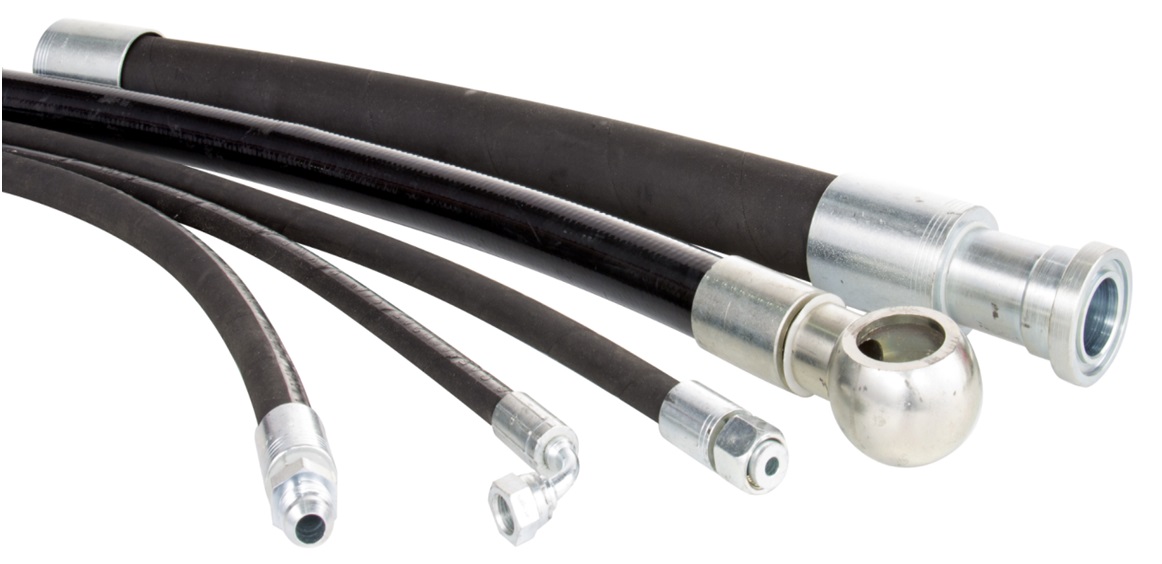Hydraulic hoses use water distribution to operate or run a piece of machinery. The hydraulic hose supplies or fittings utilized in hydraulic systems are connected to and transmit hydraulic power to other devices. Depending on the connection source, hydraulic hose fittings can be categorized into different groups, including:
- Pipe
- Flanges
- Face seal
- O-ring
- Flareless
Features Differentiating Different Types of Hydraulic Hose Supplies
Flanges – These are designed for tube fittings that are larger than one inch in size. Torque power and large wrenches are required to tighten these fittings. Split-flange fitting differs as they generally utilize O-ring to seal a connection.
O-Ring – The fittings look like an “O” with several threads screwed into the hose or pipe fitting to offer a reliable connection. These fittings can be either female or made. They can consist of the flat-faced, face seal, or flange type. The rings are made in a manner that they can accommodate a pressure of between 2500PSI to 3000PSI.
Elbow – These types of hydraulic hose fittings are found in different sizes 45 degrees for both females and males together with 37 and 90 degrees. As the name suggests, both ends of these fittings are connected to the hose at a specific angle. Elbow is often utilized in plumbing applications.
Flareless – The fittings have a ferrule body that’s securely fixed onto the fitting nut. It comprises the tube to ensure that it penetrates the outer diameter of the tube, sealing it. The Flareless type of tube requires less tube preparation and can put up with a pressure of up to 3000 PSI.
Steel Hydraulic Fittings
These are other common fittings that are used in hydraulic systems. However, due to certain factors like non-flexibility and corrosion, steel fittings haven’t been able to replace the hose fittings in many of the commercial and domestic areas.
All metal fittings are normally considered inferior while O-ring types of fittings are the standard fittings used widely in contemporary hydraulics. Custom-built components are a newer feature of some of the hydraulic machines that ease the device assembly and allow pipes to connect directly to the device.
Hose Assemblies Installation
The combination of hose and hose fittings to make hose assembly is an important process and requires being done by trained personnel or professionals. These professionals will be able to follow strict assembly guidelines.
The hydraulic hose fittings must be arranged suitably to prevent potentially serious injury or property damage. However, it’s important to operate these hose assemblies within a specific limit to ensure safety. These limits are defined by both institutional and government organizations.
Hose Size & Bending Radius
The power transmitted using pressurized fluid varies depending on the pressure and the flow rate. The size of the components has to be enough to ensure that the pressure doesn’t drop to a minimum. The components must also be enough to avoid aging because of heat production or too much fluid velocity.
Many manufacturers of hose and fittings generally utilize the internationally recognized hose dash size to measure the size of their hoses. The size is measured depending on the inside tube of the hose and not the outer diameter of the wall. The minimum bend radius doesn’t measure or indicate hose flexibility but is the minimum radius that the hose may be bent through while operating a the maximum allowable working pressure
Conclusion
Before you buy hydraulic hose supplies, you must make choose a product based on published specifications. You have to ensure that the supplies, for example, hose fit the application needed. That’s because there are several factors and conditions that affect the outside and inside of the hose and have to be considered.





